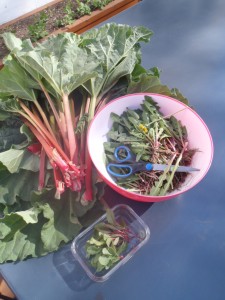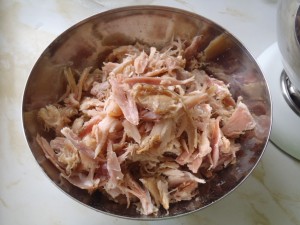 Würstlstände are Austrian sausage stands. They punctuate the sidewalks of every city in Austria. People from all walks of life crowd around these kiosks for, say, a quick lunch, or a post-bar snack: a sausage, fried or steamed, served with some manner of bread, mustard, and beer or pop.
Würstlstände are Austrian sausage stands. They punctuate the sidewalks of every city in Austria. People from all walks of life crowd around these kiosks for, say, a quick lunch, or a post-bar snack: a sausage, fried or steamed, served with some manner of bread, mustard, and beer or pop.
While certain types of sausage appear on almost every würstlstand menu, it can be frustrating trying to pin down their characteristics, as a huge variety of sausages can go by the same name. Bratwurst, for instance, is sometimes based on pork, sometimes on veal, sometimes stuffed into slender lamb casings, sometimes into wider hogs…
Here are some very general descriptions of the most common würste:
- Burenwurst – Apparently a
 While outsiders might consider Wiener Schnitzel or Apple Strudel the national dish of Austria, most Austrians acknowledge a special sausage called Käsekrainer (“KAY-zeh KREYE-ner”) as their greatest culinary achievement.
While outsiders might consider Wiener Schnitzel or Apple Strudel the national dish of Austria, most Austrians acknowledge a special sausage called Käsekrainer (“KAY-zeh KREYE-ner”) as their greatest culinary achievement.
